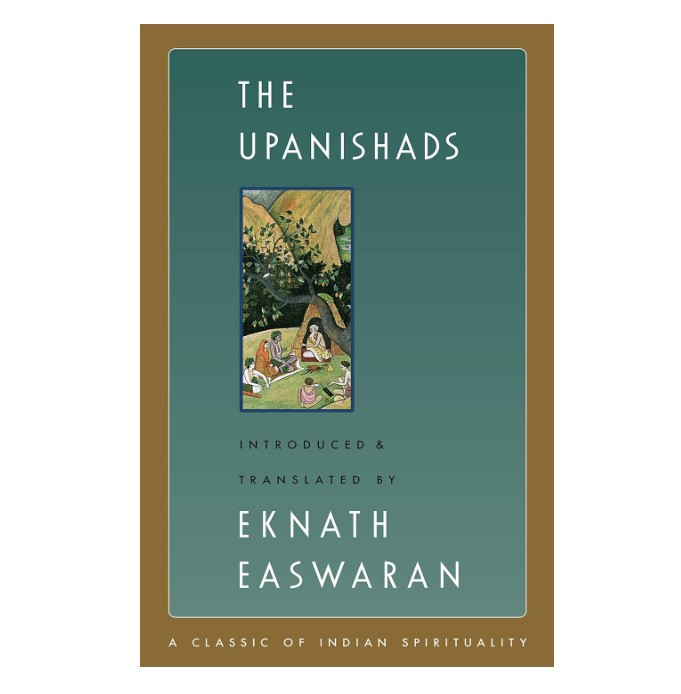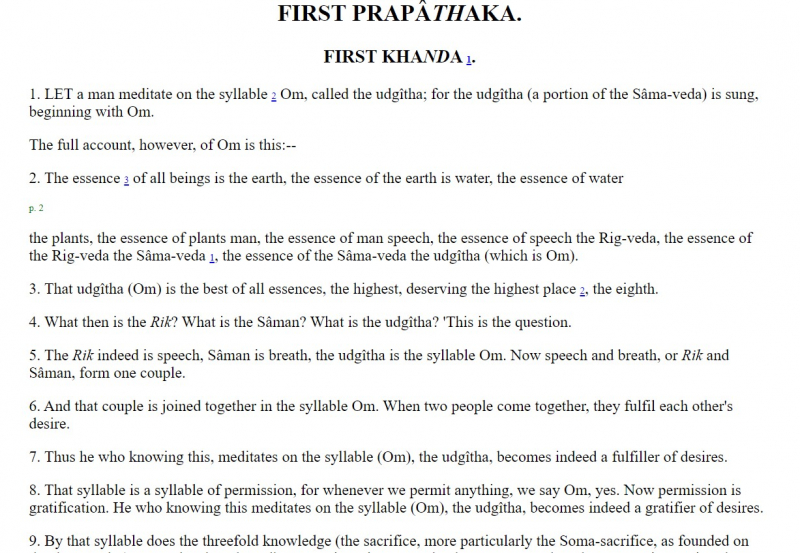Upanishads

The Upanishads, a profound segment within the ancient Vedic literature of Hinduism, are a collection of philosophical texts that explore the fundamental nature of reality, the self, and the ultimate truth known as Brahman. Derived from the Sanskrit word 'Upa-ni-shad,' which means "sitting down near," the Upanishads signify the intimate setting where Hindus would sit close to a revered teacher, engaging in discussions about spirituality and the divine.
The Upanishads examine profound questions about the nature of existence, the purpose of life, and the interconnectedness of all things. They discuss the concepts of Atman (the individual soul) and Brahman (the ultimate reality), stressing their essential oneness. Through dialogues and allegories, the Upanishads explore the path to self-realization and liberation (moksha) from the cycle of birth and death (samsara).
Around 200 Upanishads exist, but thirteen are considered primary. Each Upanishad is associated with a particular Veda and presents its own unique insights into spiritual truths. Among these, the Chandogya, Brihadaranyaka, and Katha Upanishads are some of the most well-known.
The teachings of the Upanishads greatly influenced various philosophical and spiritual traditions within and outside Hinduism. Even today, the Upanishads remain a source of contemplation and spiritual guidance. As one of the most sacred texts of Hinduism, their profound wisdom transcends time and cultural boundaries, inspiring seekers and philosophers worldwide.
Link to buy: https://www.amazon.com/Upanishads-2nd-Eknath-Easwaran/dp/1586380214
Link to read: https://sacred-texts.com/hin/sbe01/index.htm











